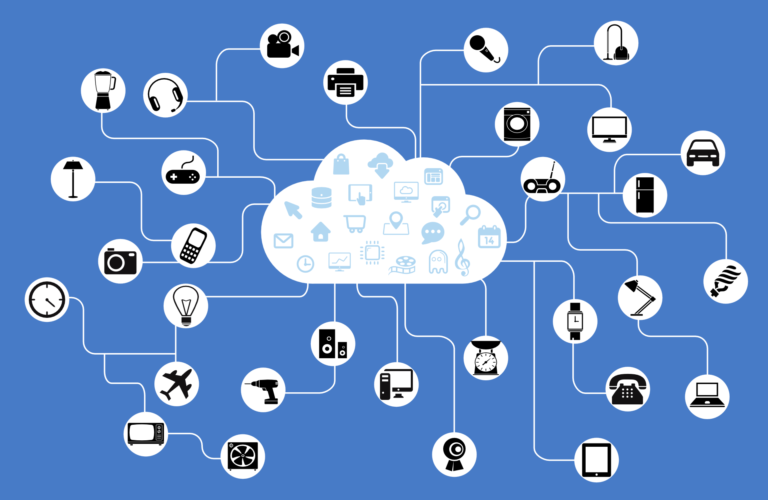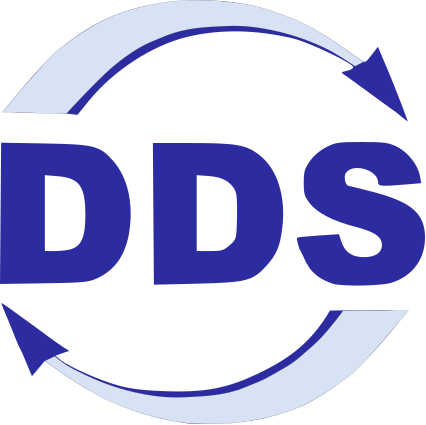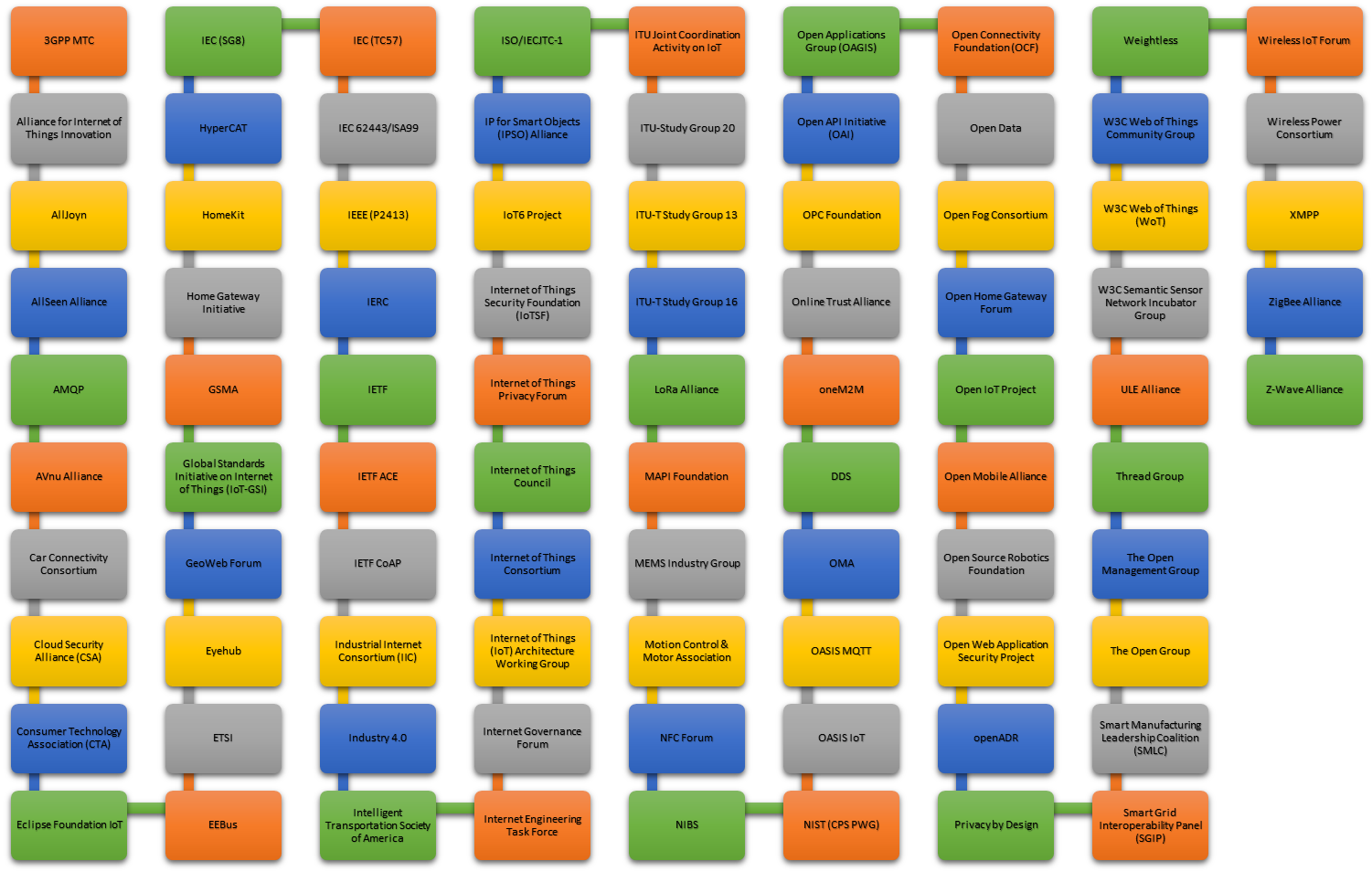LPWAN with LoPy (Part 1): Introduction
I find out about Pycom company, which created LoPy, from a Kickstarter campaign. This company had had an experience with the first generation of WiPy at that time already. And because at that time I was (and I still am) very interested about everything about IoT, I could not resist the temptation to try something new, and I bought 5 development boards, 5 expansion boards and 5 cases in that compain.
LoPy enables communication using LoRaWAN (except for the Wifi and Bluetooth) and so the module can be used to create Low Power Wide Area Networking (LPWAN) and thus to serve the needs of the Internet of Things (IoT). The can learn more about LoPy here.
However, the purchased electronics laid in a drawer for a few months, because I could not find enough inner strength to sit down again after work in front of the computer and play with electronics. In the end, my brother had to help me to find a motivation by playing with LoPy by himself, and for that I thank him.
Well, although we are just getting started with our project we told to ourselves that the best way to keep on track will be to share our efforts with others. Thus was born an idea to start this series about the creation of a prototype of IoT solution.
What is the goal we would like to reach? In this series we are going to create an IoT solution, that will possibly make it possible to monitor environment conditions on a field, to be able to detect and identify conditions, that could lead to the formation of mildew on different plants. This solution could allow to reduce the risk of possible plants depreciation by early warning about the bad condition of plants and therefore possibly prevent the financial and/or time losses (and even hair loss).
This series will further address all the necessary steps to create the above mentioned IoT solution based on LoPy hardware. Other topics in the series will, therefore, cover e.g. assembling the LoPy components, LoPy firmware update, the connection of sensors to LoPy, sensor data acquisition, sensor data analysis, information visualisation, solution deployment, etc.
What do you think about this plan? Are you interested in this topic?
Update 10. 2. 2018:
I created the video that describes what an IoT architecture for agriculture look like, what does provide and how could be used to help with different problems in agriculture. Such architecture can lead to creation of precision agriculture solution.




